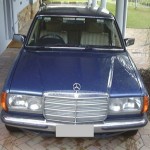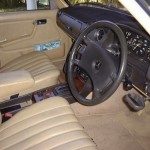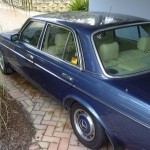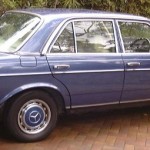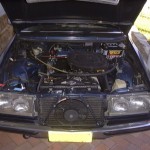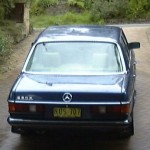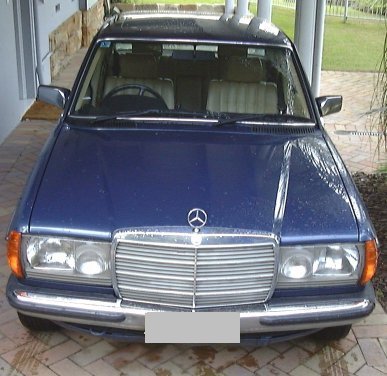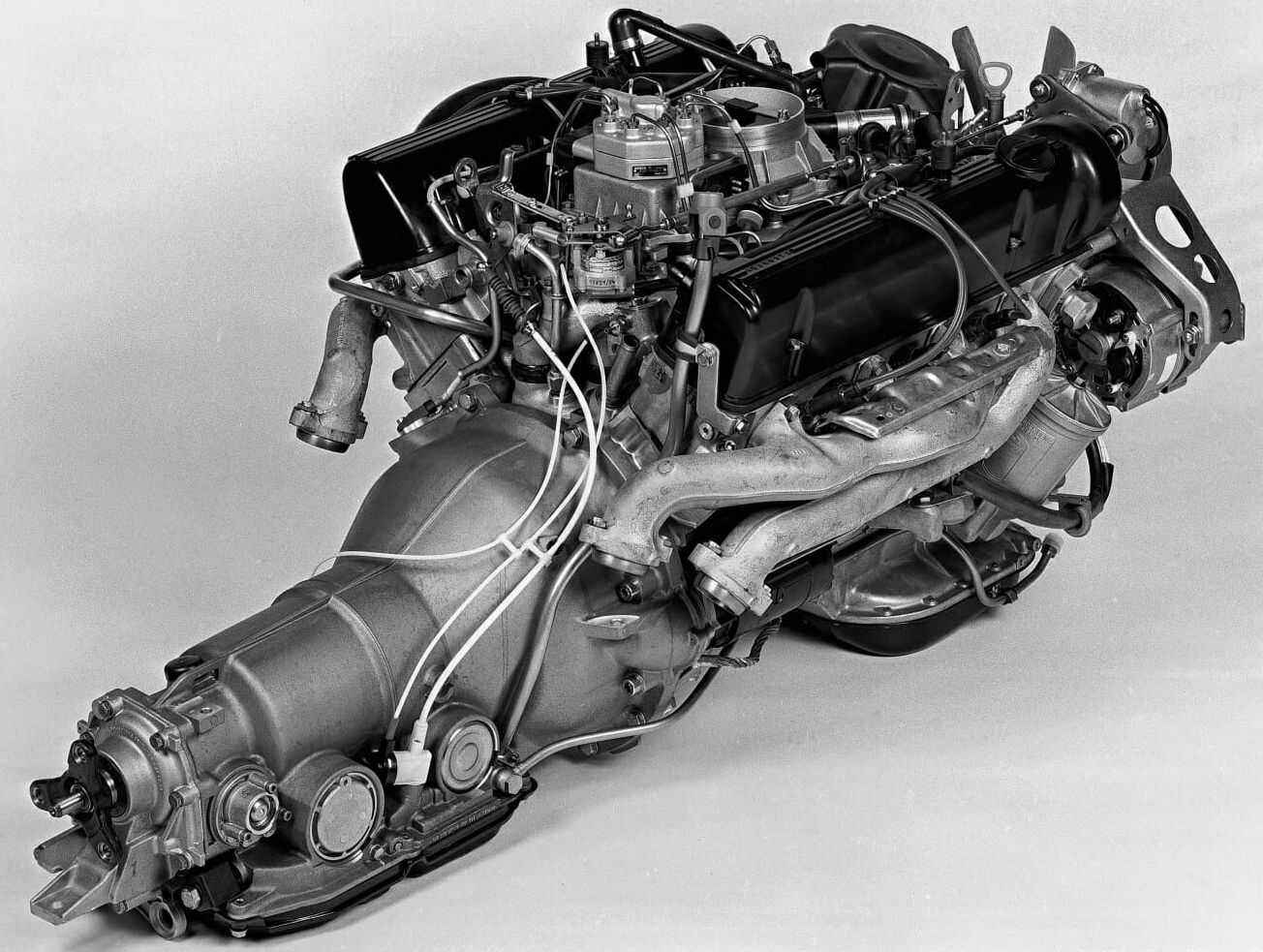About the Mercedes W123
The W123 was Mercedes mid range model from 1976-1985. It was one of their most successful models and was much beloved by Taxi drivers around the world for its rugged durability. The W123 was available in Sedan, Station Wagon and Coupe versions, as well as 7 seater airport limos. A variety of Petrol and Diesel engines were offered in the range, and late in production advancements such as ABS brakes were available. Today the W123 is becoming more and more desirable as a practical and inexpensive classic car.
About this car
This car was a 1985 Mercedes 230E, which means it had the 2.3 liter M102 engine with Bosch CIS fuel injection. This engine is also of the same family as the M103 six, and the W123 was the first chassis it was offered in, before later going on to power the W201 and W124 models. As a 1985, this was a late car and therefore had a lot of options, such as rear headrests, power windows, woodgrain trim, electric sunroof etc.
I owned this car from 1997-2002 and put about 40,000 km on it. I really enjoyed this car and it put me one road to owning some of the other cars you see on this page. It was sold to a man who bought it for his son. I do not know what became of this car, except that the old numberplate (RUS 707) is no longer registered to a Mercedes. Please get in contact if you know the fate of this car – WDB1232232A237004.
Option codes
The 230E was finished in Nautical Blue Metallic paint (929U) with Beige MB-Tex (155)
| Option Code | Meaning |
|---|---|
| 410 | Sliding Roof, Electrically operated |
| 420 | Automatic Transmission, 4-Gear |
| 430 | Headrests in the rear, left and right |
| 466 | Central locking |
| 505 | Outside rear view mirror, on the left, electrically adjustable (RHD) |
| 542 | Lockable glove compartment |
| 570 | Folding armrest, front |
| 586 | Behr A/C, and Electric window regulators front and rear doors |
| 599 | Heat insulating glass for side and rear |
| 613 | Lamp unit for LH traffic |
| 625 | Version for Australia |
| 640 | 15-Hole light alloy rims |
| 674 | High-capacity battery, tropical version |
| 732 | Wood trim, Zebrano |
| 805 | Model Year 1985 |
| 876 | Rear door contacts and lamp above rear window |
Why a W123?
The W123 is popular because it was one of the last Mercedes with a classic look including chrome bumpers and hubcaps, yet is quite affordable and has a reputation of being extremely durable. The Diesel models have more recently become popular for running on vegetable oil, and you’ll find many websites devoted to this.
The fuel injected models have plenty of power and can easily keep up with modern traffic, especially the 280E/CE.
Driving a W123
The W123 still has that traditional Mercedes look and driving feel. It is not fast, but feels very solid and predictable on the road. The transmission will start in 2nd gear unless it is floored, so acceleration is smooth, but not rapid. A lot of thought went into ergonomics, so the W123 is a car that you can drive for long periods of time without getting too tired. The brakes are discs all round, and stop the car well, although one has to take into consideration that the car does not have ABS.
Buying a W123
The most important thing to look for is rust. W123’s rust around the rear windscreen, boot floor, in front of the doors, the bottom of the doors, along the sides where the side trim clips in, and the floors.
At this age, many 123’s will have water leaks through the sunroof, door seals on the coupe, boot seal and so on, so checking the car for water is important.
Being such a rugged car, the W123 is good at hiding problems, so buying a well looked after car is important – as the saying goes, there is no such thing as a cheap Mercedes.
In my view, the injected models (230E and 280E) are the pick of the bunch. They have the best combination of power and economy.

